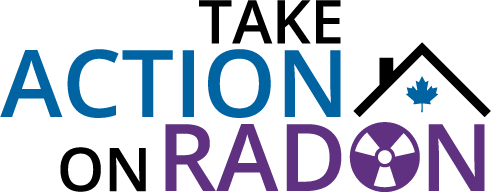Congratulations to Saskatchewan!
The Saskatchewan government has announced a renovation tax credit which includes radon mitigation. This is ground breaking announcement as the first tax credit in Canada which covers radon mitigation. You can find details about the tax credit on the Saskatchewan Lung Association's webpage here: https://www.lungsask.ca/about-us/news-room/news/2021/01/lung-association-partnership-take-action-radon-coalition-commends The tax credit is a credit which is developed for general home renovations, but the Saskatchewan Lung Association has received clarification from the Minister of Finance stating, "A radon mitigation system would meet the Home Renovation Tax Credit [...]
November TAOR Newsletter
Welcome to November 2020! Of course, it’s been said before that 2020 is a year like no other, however when it comes to radon awareness, we think there’s a more positive feel to it. Prior to March 2020, we were seeing more groups engage in radon then ever before and this November, it seems like all that interest has continued. In our last newsletter, we mentioned the significant recognition that Health Canada’s Radiation Protection Bureau received for their radon program. This ties into [...]
Behavioural Research Webinar
In 2019, the National Radon Program (NRP) worked with the Privy Council Office Impact & Innovation Unit to perform a Behaviour Intervention and Trial Project. The results of this small pilot project found that behaviourally informed radon outreach postcards did increase the number of test kits purchased, but only slightly. In 2020 the NRP launched a second Behaviour Intervention Project to evaluate the impact of a new radon outreach postcard. The goal of the new postcard was to increase awareness and knowledge of [...]
York Region Public Health’s Radon – Test Your Home Study
York Region Public Health completed the Radon – Test Your Home study in 2018. The purpose of the study was to assess York Region residents’ awareness of radon and to measure radon levels in approximately 500 York Region homes. Overall, radon levels observed in York Region were relatively low. Almost all homes were below the Health Canada guideline of 200 Bq/m3. The Radon Study Summary Report which is also available on york.ca/radon
Preparing to talk to the Media – OnDemand Webinar for TAOR Stakeholders and Homeowners
Take Action on Radon has seen an increasing amount of interest from media to include 'real life stories' in their media pieces. In our experience most people have received little training on how to talk with the media and feel more comfortable talking with the media if they have some quick tips from experts. Preparing to talk to the Media - Webinar for TAOR Stakeholders and Homeowners Presented by: Victoria Pickering, Pickering Communications Recorded Webinar on: Thursday, September 26, 2019 The goal of this webinar is [...]
November as Lung Health Month in Manitoba
Congratulations to the Province of Manitoba on proclaiming November as Lung Health Month and for recognizing that 800-1,000 Manitobans are diagnosed with lung cancer each year and 200 of those are due to radon.
Congratulations Edmonton – Proclaiming November Radon Action Month
Congratulations to the City of Edmonton on proclaiming November as Radon Action Month and for encouraging Edmontonians to protect themselves by testing for radon gas and by taking action to reduce high levels.
Radon Action Month 2019 – #Today4Tomorrow
Radon Action Month aims to encourage Canadians to protect their health by testing for radon in their homes and reducing the level if it is high. The theme for this year’s Radon Action Month is Today 4 Tomorrow. The rationale is to encourage Canadians to take action TODAY – by testing and mitigating the radon in their homes – to protect their health as they plan for TOMORROW. We plan for the future every day as we consider eating healthily, exercising regularly, spending [...]

